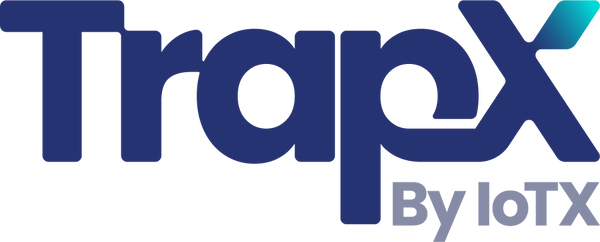Why Proactive Pest Monitoring Saves Money and Boosts Efficiency
Share
In today's fast-paced world, businesses and homeowners alike are constantly seeking ways to cut costs and improve efficiency. One often overlooked area where significant savings can be achieved is through proactive pest monitoring. But why is it that embracing this approach can lead to substantial financial benefits? This article delves into the reasons why proactive pest monitoring saves money, offering insights that are both practical and persuasive.

The Financial Burden of Pest Infestations
Pest infestations can wreak havoc on properties, leading to extensive damage that requires costly repairs. Whether it's rodents gnawing through electrical wires or termites compromising the structural integrity of a building, the repair costs can quickly escalate. Moreover, businesses face additional financial strain from lost revenue due to customer dissatisfaction and potential closures.
By engaging in proactive pest monitoring, you can detect and address pest issues before they spiral out of control. This early intervention minimizes the risk of extensive damage and the associated expenses, ultimately saving you money in the long run.
Reducing the Need for Reactive Measures
Traditional pest control methods often involve reacting to infestations after they've become apparent. This reactive approach typically involves extensive extermination efforts, which can be both time-consuming and costly. Furthermore, the disruption caused by these measures can impact business operations, leading to further financial losses.
In contrast, proactive pest monitoring allows for continuous surveillance and early detection of pest activity. By identifying potential threats early on, you can implement targeted interventions that are less disruptive and more cost-effective. This not only reduces the need for expensive, large-scale extermination efforts but also helps maintain operational continuity.
Enhancing Long-Term Savings
One of the key benefits of proactive pest monitoring is its ability to deliver long-term savings. By preventing infestations before they occur, you can avoid the cumulative costs associated with repeated pest problems. Additionally, investing in ongoing monitoring can lead to more efficient use of resources, as you'll be able to allocate funds towards prevention rather than costly remediation efforts.
Moreover, proactive pest monitoring can enhance the overall value of your property. Homes and businesses that maintain a pest-free environment are more attractive to buyers and tenants, allowing you to command higher prices or rental rates. This increased property value translates into financial gains that extend far beyond the initial investment in monitoring services.
Case Study: Successful Implementation of Proactive Pest Monitoring
Consider the case of a large hotel chain that implemented proactive pest monitoring across its properties. By utilizing advanced technologies such as remote sensors and data analytics, the hotel was able to detect pest activity in real-time. This allowed for swift interventions, preventing infestations from escalating and minimizing damage to the premises.
As a result, the hotel chain experienced a significant reduction in pest-related complaints from guests, leading to improved customer satisfaction and increased bookings. Additionally, the cost savings from avoiding extensive extermination efforts and repairs were substantial, providing a clear return on investment for the proactive monitoring program.
Leveraging Technology for Effective Pest Monitoring
The advent of technology has revolutionized the field of pest monitoring, offering new tools and techniques for proactive management. From smart traps equipped with sensors to sophisticated data analysis platforms, these innovations enable real-time monitoring and early detection of pest activity.
By leveraging technology, businesses and homeowners can gain valuable insights into pest behavior, allowing for more precise and effective interventions. This not only enhances the overall efficacy of pest management efforts but also contributes to significant cost savings.
Conclusion: Embrace Proactive Pest Monitoring for Financial Benefits
The evidence is clear: proactive pest monitoring saves money and enhances efficiency. By investing in early detection and prevention strategies, you can avoid the costly consequences of pest infestations and ensure the smooth operation of your business or household.
For more information on how hotels can benefit from proactive pest monitoring, visit Why Hotels Need a Pest Monitoring Plan or explore How Hotels Use Cameras for Pest Monitoring. Additionally, discover the latest advancements in pest control technology for hotels at Rentokil's Insight.

FAQ
What is proactive pest monitoring?
Proactive pest monitoring involves the continuous surveillance of pest activity to detect and address issues before they become full-blown infestations. This approach emphasizes prevention and early intervention, reducing the need for costly reactive measures.
How does proactive pest monitoring save money?
By detecting pest activity early, proactive monitoring prevents extensive damage and reduces the need for large-scale extermination efforts. This results in significant cost savings on repairs, extermination, and business interruptions.
What technologies are used in proactive pest monitoring?
Modern pest monitoring employs technologies such as remote sensors, smart traps, and data analytics platforms. These tools enable real-time monitoring and provide valuable insights into pest behavior, enhancing the effectiveness of pest management efforts.
